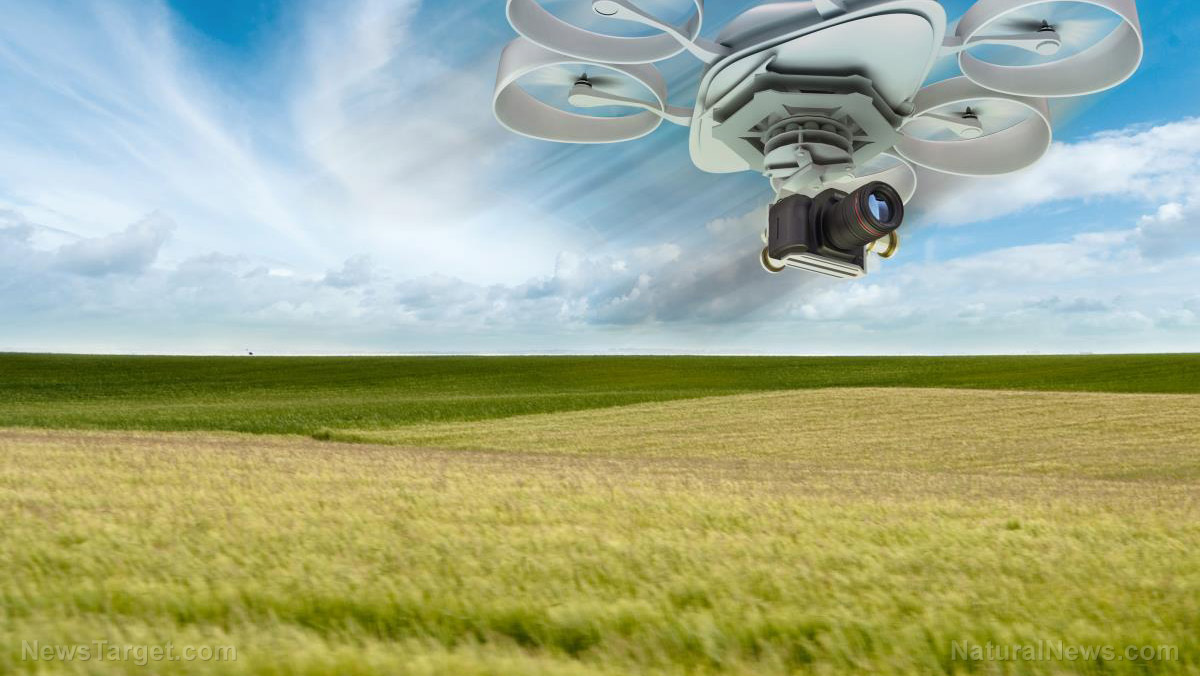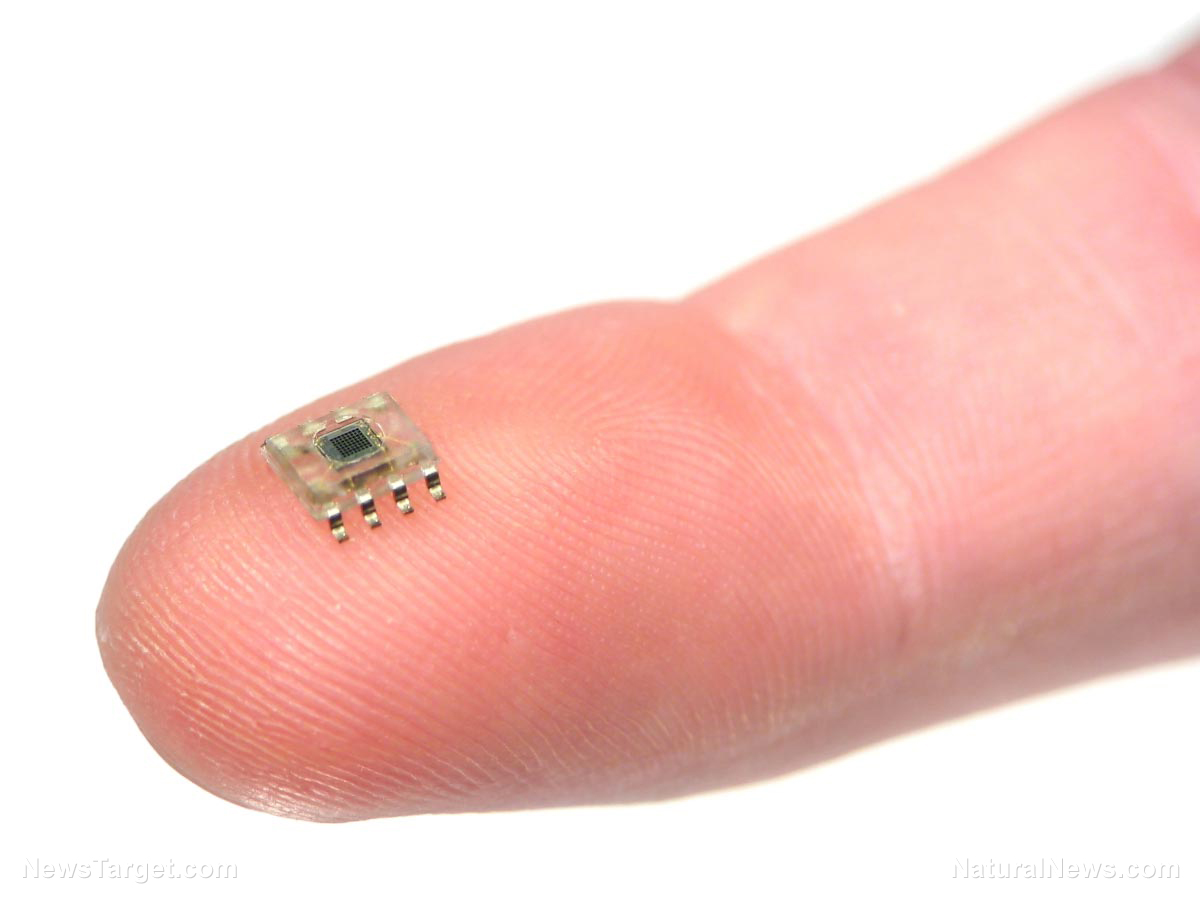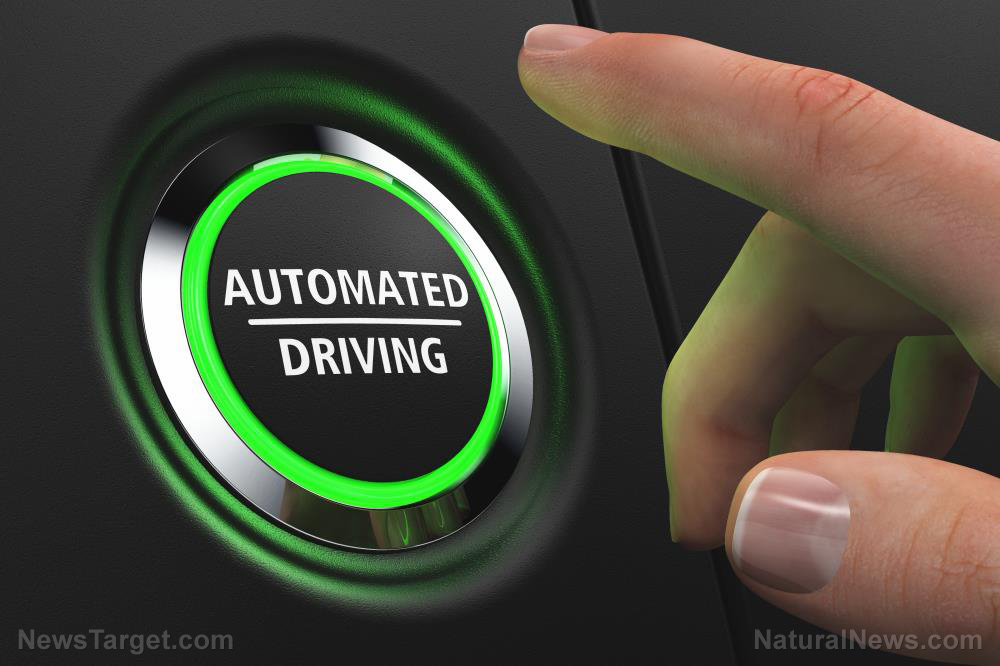Air Force deploying creepy robot dogs to enhance security at military base in Florida
05/02/2021 / By Franz Walker

An Air Force base in Florida has deployed a pack of robot dogs to enhance security at the base.
For years, the Air Force has used a fleet of drones to conduct military operations. But the new Quad-legged Unmanned Ground Vehicles (Q-UGVs) deployed at Tyndall Air Force Base differ in that they move on four legs instead of wings.
According to the Air Force, the 325th Security Forces Squadron uses semi-autonomous robot dogs, alongside flesh-and-blood dogs, as an added layer of protection on base. The robot dogs, one of many innovation-based initiatives at Tyndall AFB, are the first of their kind to be integrated onto a military installation.
“As a mobile sensor platform, the Q-UGVs will significantly increase situational awareness for defenders,” says Mark Shackley, Tyndall AFB Program Management Office security forces program manager. “They can patrol the remote areas of a base while defenders can continue to patrol and monitor other critical areas of an installation.”
Q-UGV robot dogs “well-suited” to guarding Tyndall
Designed by Ghost Robotics and Immersive Wisdom, the robot dogs have 14 sensors that give them a 360-degree field of view. These, alongside their legs, allow them to navigate on difficult terrain, crouching to lower their center of gravity and stepping high to climb over obstacles.
According to Master Sgt. Krystoffer Miller, an ops superintendent with the 325th, this ability makes them particularly well-suited to Tyndall, which is currently undergoing a long-term reconstruction project.
“One huge attraction piece of the robot [dog] is that it’s highly mobile,” says Miller. “And with the amount of construction we will face over the next few years, it helps us maintain and increase our security posture.”
Others in the 325th are eager to exercise the technology’s full potential. When Tyndall announced plans to bring in the robot dogs last year, Maj. Jordan Criss, the commander of the 325th, said he and his unit were “excited” to be first within the Department of Department to deploy the technology for “enhanced security patrolling operations.”
“These dogs will be an extra set of eyes and ears while computing large amounts of data at strategic locations throughout Tyndall Air Force Base,” said Criss back in November. “They will be a huge enhancement for our defenders and allow flexibility in the posting and response of our personnel.”
Robot dogs also being used elsewhere
Ghost Robotic’s Q-UGV is just one of several four-legged robots starting to see use in security-related jobs. In New York City, the New York Police Department (NYPD) has also been testing a robot dog made by Boston Dynamics for several months. (Related: French Army testing Boston Dynamics’ robot dog in combat scenarios.)
But while the reaction to the robot dogs at Tyndall AFB has been mostly optimistic, the same can’t be said for the NYPD’s use of robot dogs. The latter has come under criticism from both citizens and lawmakers after it was deployed during a domestic dispute call at a Manhattan public housing complex in February.
The use of the $74,000 “Digidog” caused a stir among residents of the housing complex.
“I can’t believe what I’m seeing,” said Melanie Aucello, whose video of the robot dog went viral on the internet. “It felt surreal.”
Aucello, the president of the 344 E. 28th St. Tenant Association, compared the scene she witnessed to something out of a dystopian movie.
“It scared me,” she stated.
The use of the robot drew criticism from state Sen. Brad Hoylman. The lawmaker, who represents the district where the incident took place, thought that deploying the robot dog anywhere undermined police-community relations. He felt that this was especially true in a public housing complex where residents might already mistrust the police.
“I think it really speaks to the skewed priorities of their leadership,” said Hoylman, who questioned the department’s need and values for using what he called an expensive “surveillance toy.”
In response, the NYPD stated that it has used robots in hostage and hazmat situations for over four decades now. This recent deployment was also the third time the department has used one of these robot dogs – a device that the NYPD says is still in its test phase.
Follow Robotics.news for more on these robot dogs that are beginning to see use by military and police forces around the world.
Sources include:
Tagged Under: air force, automation, creepy, dogs, military robot, military tech, robotics, robots, tech, US Air Force
RECENT NEWS & ARTICLES
COPYRIGHT © 2017 FUTURETECH.NEWS
All content posted on this site is protected under Free Speech. FutureTech.news is not responsible for content written by contributing authors. The information on this site is provided for educational and entertainment purposes only. It is not intended as a substitute for professional advice of any kind. FutureTech.news assumes no responsibility for the use or misuse of this material. All trademarks, registered trademarks and service marks mentioned on this site are the property of their respective owners.





















